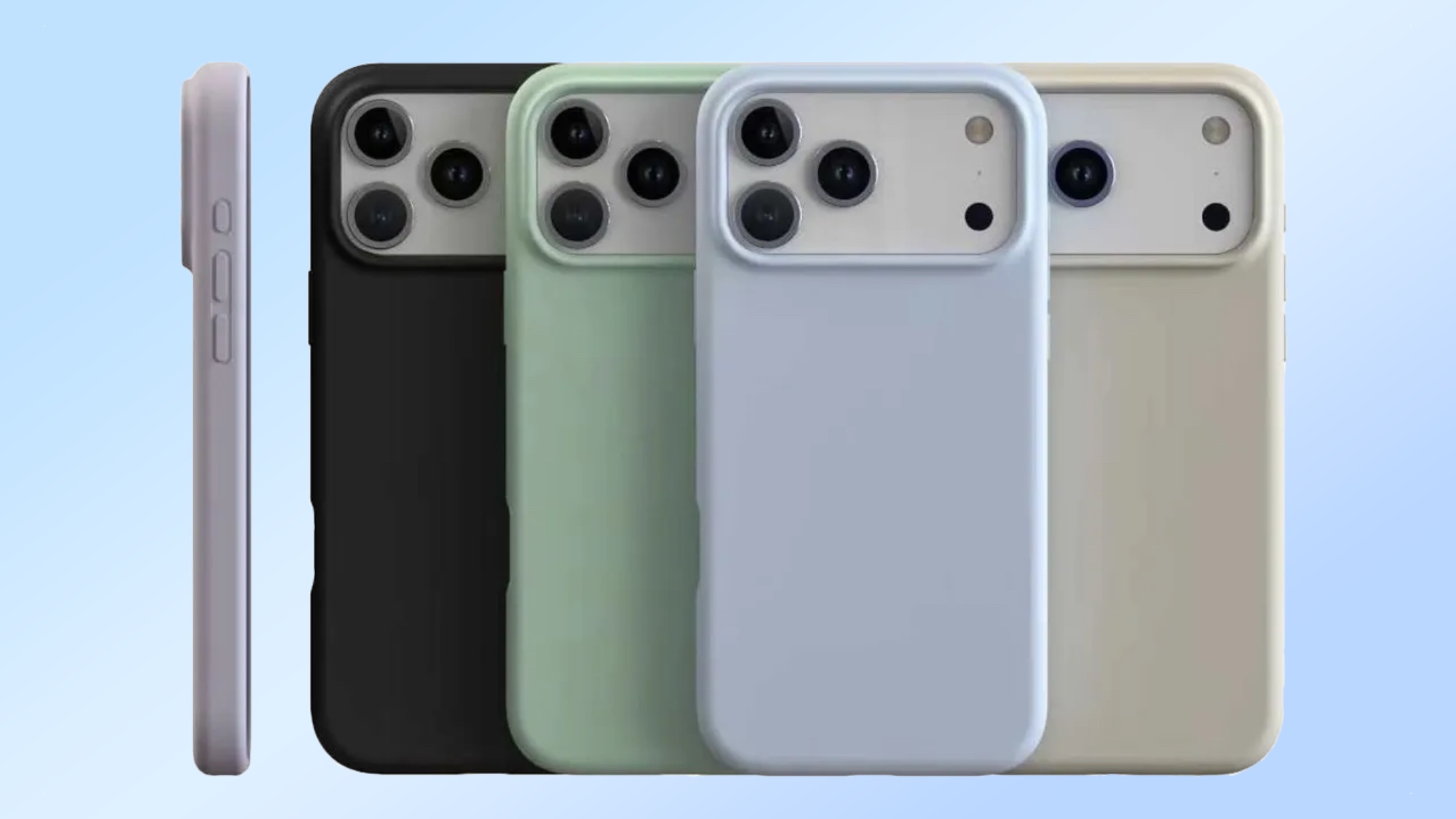iPhone 15 Pro Max camera: it could be the video camera I’ve been waiting for
Rumors paint an exciting picture for video recording on iPhone
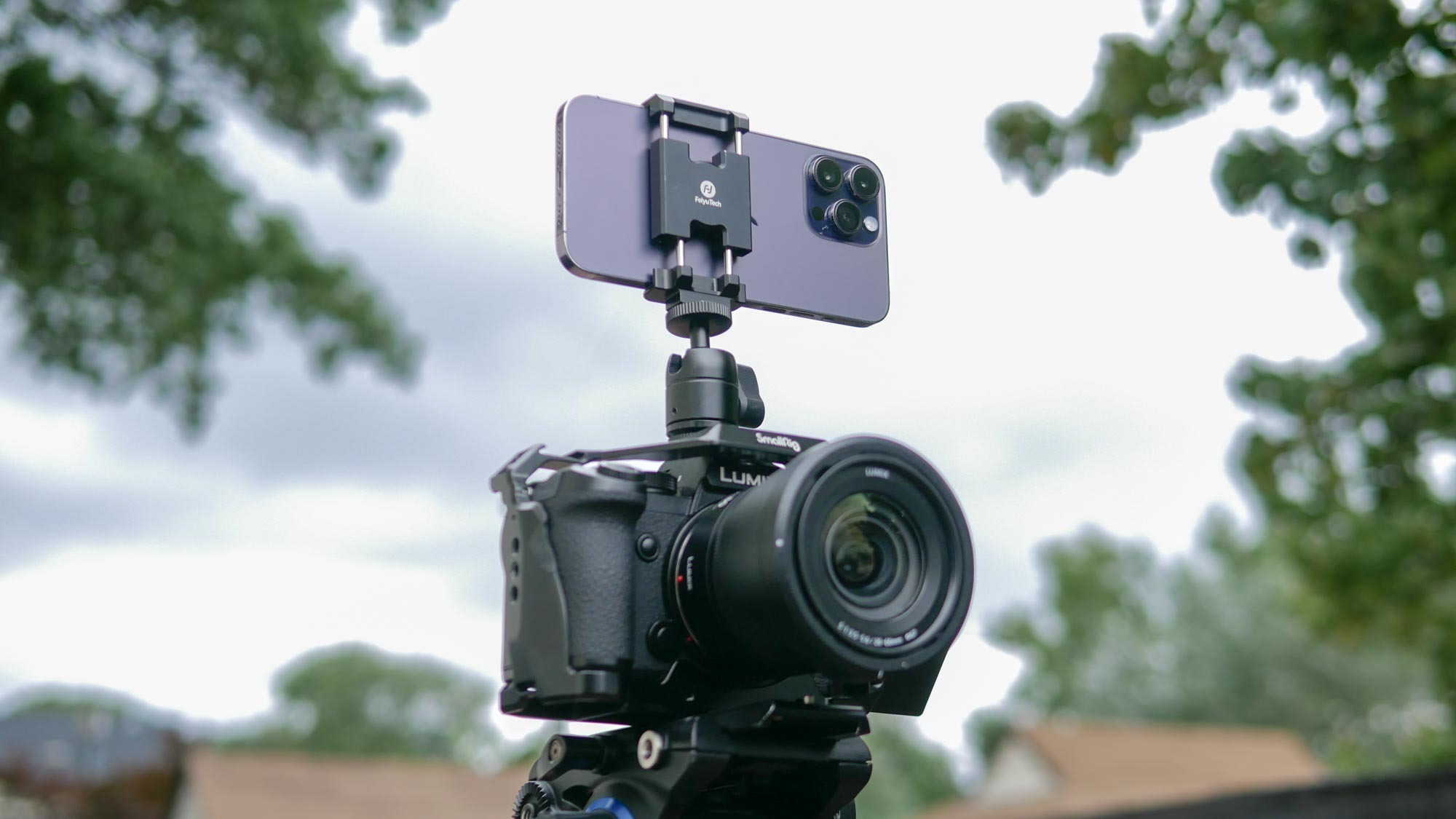
Apple has long touted the excellent camera performance in its iPhones. Rightfully so; they've proven to be excellent for still shots and video, but I have yet to be convinced enough to have my iPhone 14 Pro Max replace my mirrorless camera — or at the very least, become my b-roll camera. However, I might change my mind if the rumors of the iPhone 15 Pro Max turn out true.
There’s a reason why I often bring the Samsung Galaxy S23 Ultra with me on professional video shoots. That’s because it’s one of the best camera phones you can buy today, complete with a quadruple camera system, versatile 10x optical zoom lens, and manual controls that makes the videographer in me very happy.
I’ve largely used smartphones as b-roll cameras because I don’t necessarily need to have them match the same level of quality from my mirrorless camera, but they're just enough to get me by as a second camera angle or backup shot. While I’m eager to see what the entire iPhone 15 lineup could offer, I’m most intrigued by the prospect of the iPhone 15 Pro Max potentially becoming the video camera I’ve been waiting for.
Getting closer with a periscope lens
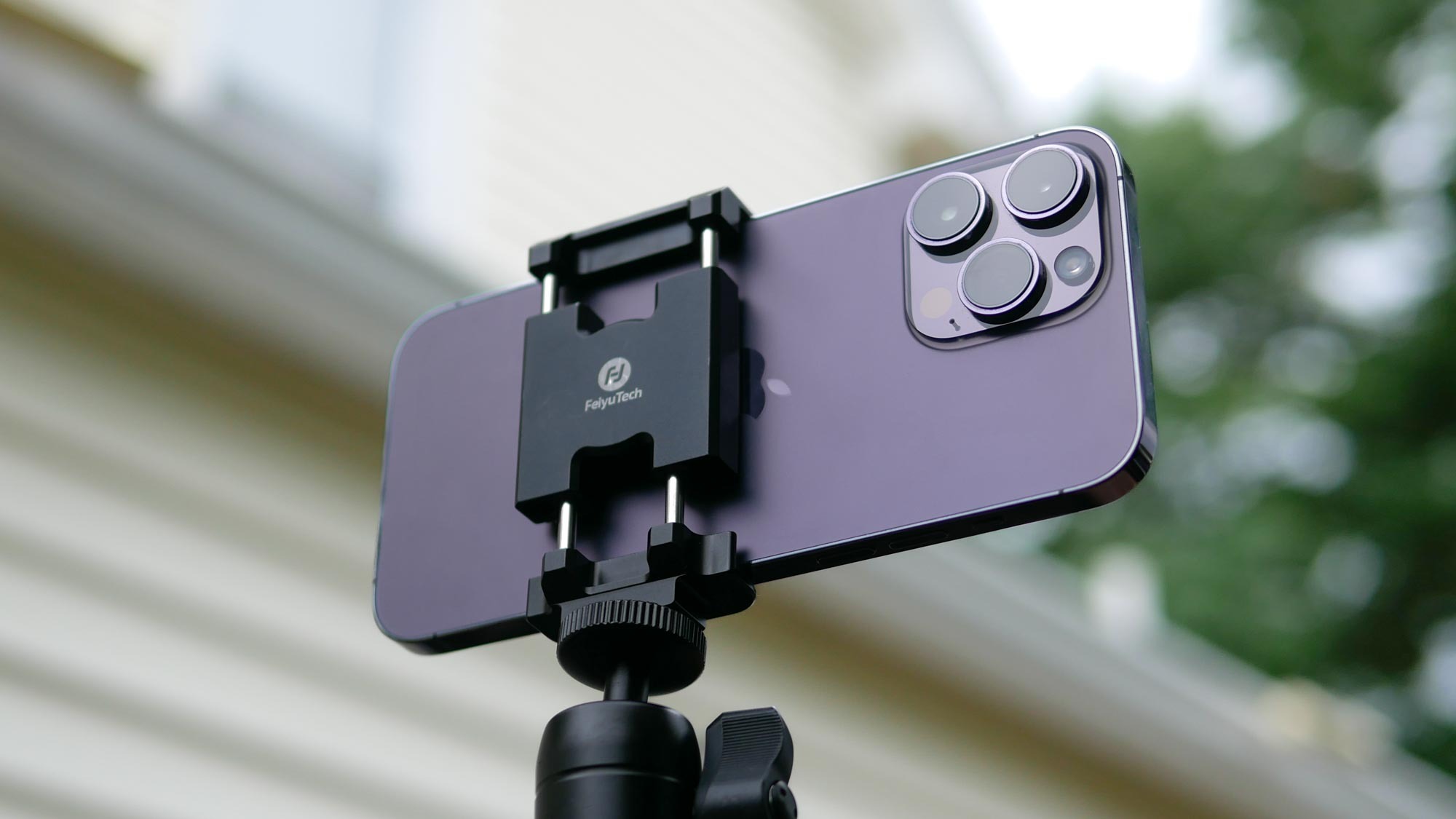
The main reason why I’ve used the Galaxy S23 Ultra as my b-roll camera is because of its versatile set of cameras. It goes beyond the triple camera systems that the vast majority of flagship phones offer, by moving up to a quadruple system to cover all of the ranges. When I’m recording acting reels or Broadway shows, I’ve found it extremely helpful being able to switch from a wide shot to a narrow one — mainly with the help of the Galaxy S23 Ultra’s 10x optical zoom lens.
Well, the iPhone 15 Pro Max is shaping up to be a formidable video camera because it’s rumored to pack a 10x zoom camera, which would be a substantial step up over the iPhone 14 Pro Max’s current 3x optical zoom. Previous rumors hinted at a 5x or 6x optical zoom, so this latest revelation makes for a more compelling argument for the iPhone 15 Pro Max becoming a video camera powerhouse.
That’s a huge difference because I’ve seen how incredibly sharp videos at 10x zoom look with my Galaxy S23 Ultra. No amount of digital zoom from a standard camera phone could ever match the quality and detail captured by a proper optical zoom lens. No way, no how.
Regardless of whether Apple ends up calling it the iPhone 15 Pro Max or iPhone 15 Ultra, I would certainly be inclined to make it as my backup or b-roll camera.
Sign up to get the BEST of Tom's Guide direct to your inbox.
Get instant access to breaking news, the hottest reviews, great deals and helpful tips.
Stacked camera sensor could make it a low light beast
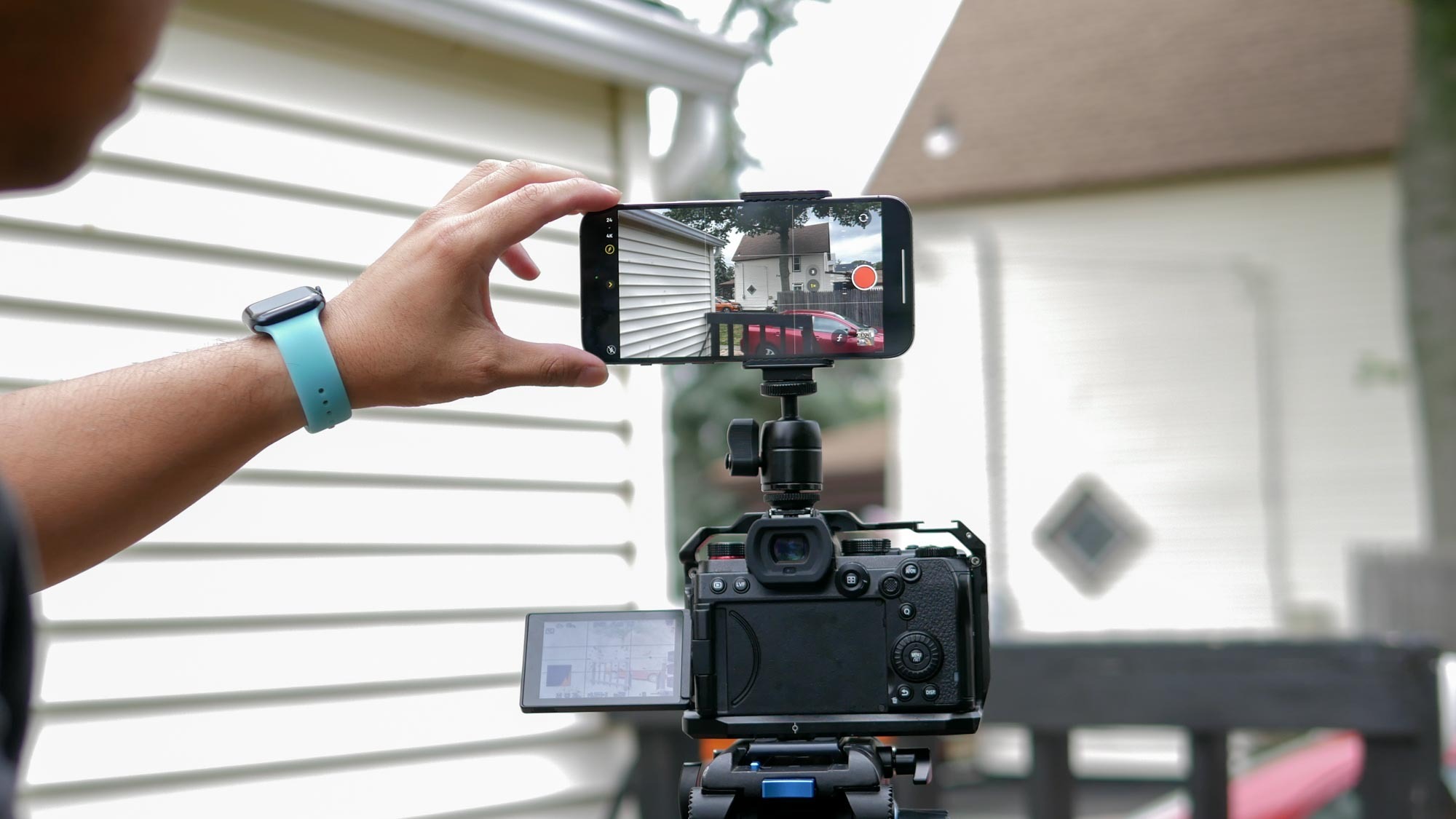
Lighting conditions are always unpredictable with my professional video shoots. Sometimes it’s super bright, while other times it’s pitch black — so that’s why I often stick with the main camera on the Galaxy S23 Ultra because it delivers the best results for low light.
Another big camera upgrade that’s been hinted to accompany the iPhone 15 Pro Max/iPhone 15 Ultra is a “triple-stacked” sensor that would boost its light capturing abilities. With photographs, it’s much easier for the iPhone and other flagships to capture decent looking photos under low light with the aid of their respective night modes — where long exposure photography is used to draw out more detail. For video, however, you really can’t use the same process.
That’s why this rumored triple-stacked sensor is so intriguing, especially if the sensor’s believed to be almost an inch across. Naturally, larger sensors help to gather in more light, so when it pertains to video, you could still get brighter footage without slowing down the shutter speed — or worse yet, boosting the ISO sensitivity of the camera to the point that the shot becomes noisy looking.
I’m curious how this larger sensor would be fashioned into the other rumor of a “triple-stacked” design, but it could make the iPhone 15 Pro Max/iPhone 15 Ultra a low light beast for video (and presumably for photos).
A17 Bionic could boost video features
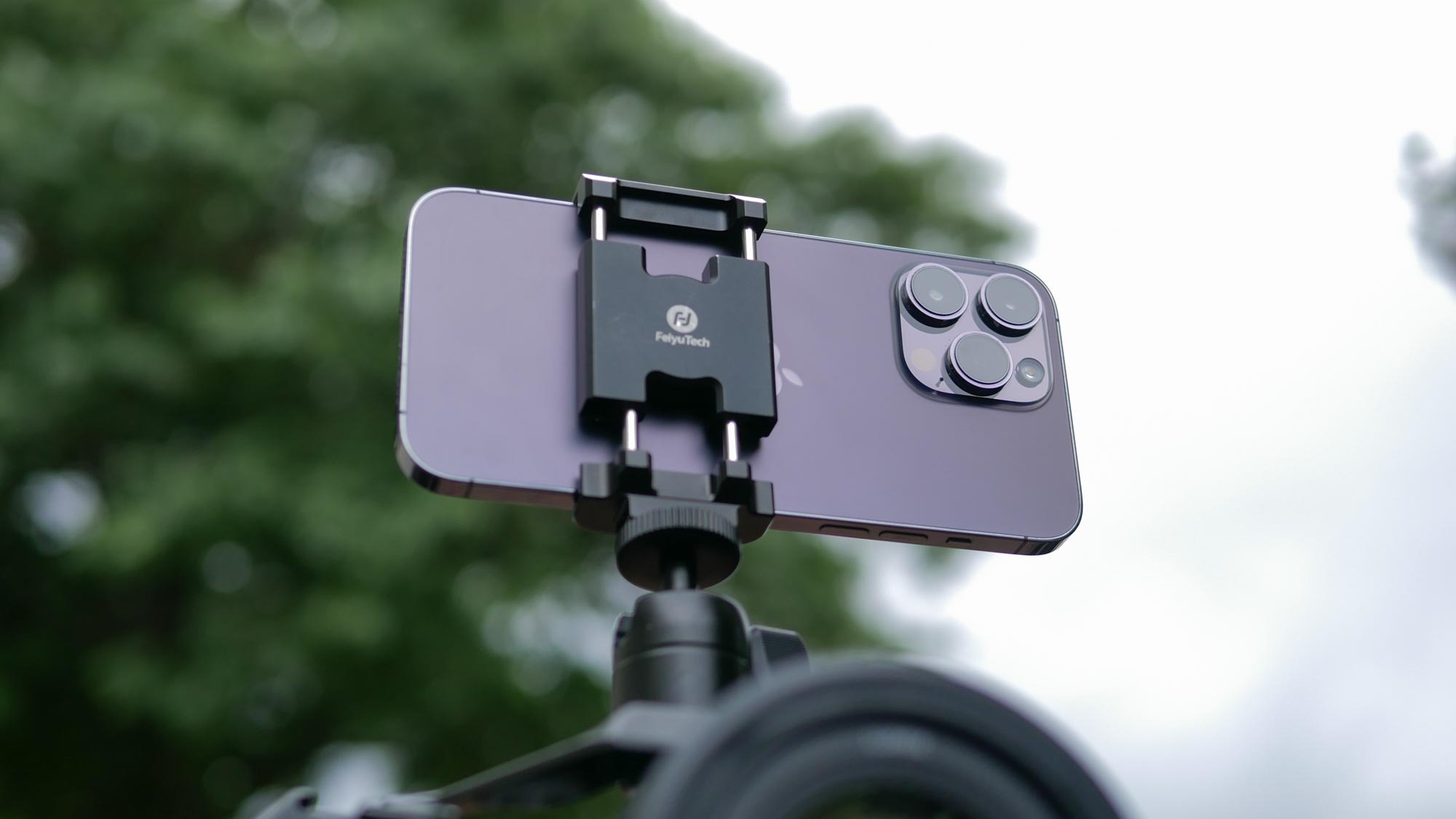
I’ll be the first to admit that the iPhone 14 Pro Max does cinematic video better than any other phone I’ve tested to date. It also offers a bit of manual control that the videographer in me craves. However, I want more than just the option to change the frame rate and aperture.
Cinematic mode on the iPhone 14 Pro Max is essentially portrait mode for video, where faces are kept in focus while the background is blurred. The end result really looks cinematic, the kind of stuff you see in movies recorded at the traditional 24 fps (frames per second) rate. Apple’s next generation silicon is expected to debut with the iPhone 15 Pro series, and it could finally bring even more controls and features for video.
The 3-nanometer manufacturing process that the A17 Bionic chip’s expected to use means more processing power for the iPhone 15 Pro Max. It would be the right amount of muscle power that could give us more than the typical 4K/60fps recording that most flagships offer. In fact, it not only could bring it up to 8K video recording, but also the possibility of a faster frame rate capture.
There’s a ton of data and processing that’s required to shoot at higher resolutions and faster frame rates, but recent leaked benchmarks indicate a 23% boost to single-core performance, and an even better 26% boost in multi-core with GeekBench. Frankly, I’m excited for the possibilities around recording video with this new processor.
iPhone 15 Pro Max camera outlook
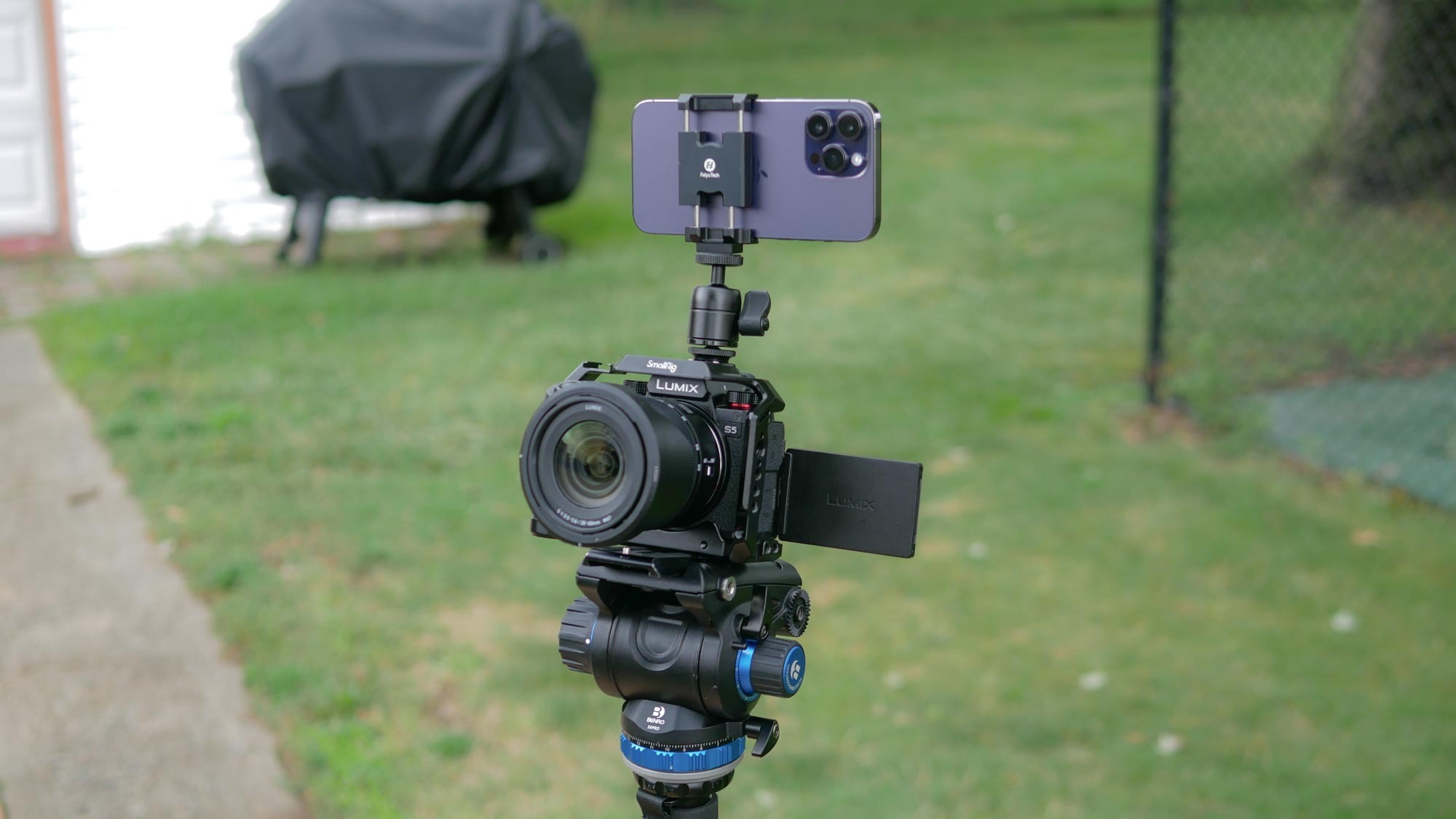
While Apple has long made the video recording experience in its iPhones simple and straightforward, I’m hoping that all of these upgrades could finally spur Apple to give us a true manual video mode that’s native to the camera app — and not forced to use a third party one. Even if all the other rumors don’t pan out, manual video controls would be a reason for me to make the iPhone 15 Pro Max/iPhone 15 Ultra as my b-roll camera.
Other rumored features I’m excited for include a new Action button and its switch to USB-C. With the former, I could potentially program the solid state button to instantly run the video camera with the correct settings I use for recording video — or perhaps launch a different video mode. As for the switch from Lighting to USB-C, it means I wouldn’t need to buy an adapter for all the USB-C camera accessories and gear I already own.
More from Tom's Guide

John’s a senior editor covering phones for Tom’s Guide. He’s no stranger in this area having covered mobile phones and gadgets since 2008 when he started his career. On top of his editor duties, he’s a seasoned videographer being in front and behind the camera producing YouTube videos. Previously, he held editor roles with PhoneArena, Android Authority, Digital Trends, and SPY. Outside of tech, he enjoys producing mini documentaries and fun social clips for small businesses, enjoying the beach life at the Jersey Shore, and recently becoming a first time homeowner.
